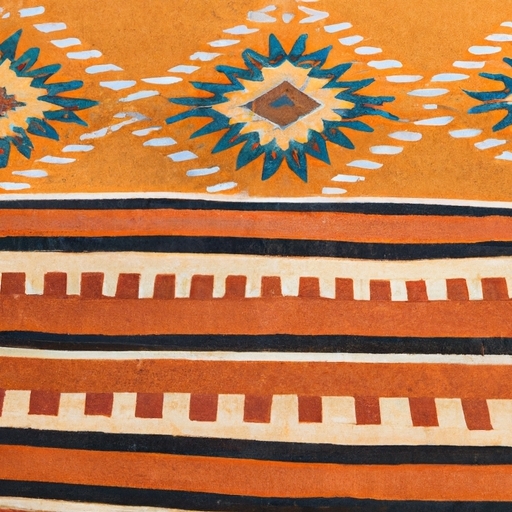

The Dawes Act of 1887 was an important piece of legislation in American history. It had far-reaching effects on the native Americans and their way of life. The act was meant to assimilate the Native Americans into American culture, but it had many negative consequences for them (and their culture).
For starters, the act divided up reservation land amongst individual Native Americans and gave those individuals sole ownership over that land. This made it impossible for tribes to maintain their communal ways of living; they were now atomized and subject to US law. In addition, this change made it easier for white settlers to gain access to tribal lands, leading to a drastic reduction in the amount of land owned by natives.
Furthermore, the act also mandated that Native Americans receive schooling in English and Christianity - two foreign concepts alien to many native cultures. This disrupted traditional beliefs and practices, leaving little room for Native Americans to hold onto their own cultural identity.
In conclusion, while the Dawes Act may have been intended as a way to integrate Native Americans into American society, its effect was much more damaging than beneficial: it drastically reduced native land holdings; forced natives into unfamiliar lifestyles; and erased native identities altogether! Indeed, the negative impacts of this legislation still linger today - making it a defining moment in US-Native relations! Moreover (transition phrase), this serves as an important reminder that governments must be careful when trying to intervene with indigenous populations.
The Dawes Act of 1887 had a dramatic effect on Native American land ownership. Prior to the act, Native Americans primarily owned their lands communally, with individual families having rights to hunt and use certain areas for resources (though there were exceptions). However, the Dawes Act drastically changed this system by allowing individual Native American heads of households to own small parcels of land. This was meant to help assimilate Indigenous people into the dominant culture; however, it resulted in an immense loss of communal land!
Furthermore, this caused intense poverty among many Indigenous communities as they were not used to controlling or managing their own property independently. As such, many Native Americans lost the majority of their land due to poor management or fraudulent dealings. To make matters worse, taxes were imposed on these individuals that further reduced their ownership and control over the land. All these factors combined created an environment where much of the previously held communal native american lands ended up being sold off or taken away from them (by either government entities or private interests).
Therefore, it is clear that the implications of the Dawes Act on Native American Land Ownership were devastating! It altered traditional systems and led to a significant decrease in native americans' ability to manage their own affairs. Additionally, it resulted in large-scale dispossession of Indigenous peoples which still has impacts today. In conclusion, while its intentions may have been noble initially, the effects of the Dawes Act on Native American Land Ownership remain largely negative!
The Dawes Act of 1887 had a huge (negative!) impact on Native Americans. It was an attempt by the U.S. government to assimilate Indigenous people into mainstream society, but it had devastating consequences in terms of displacing and relocating tribes. In effect, thousands of acres of Indian land were taken away from them without consent or compensation! This led to massive disruption for many tribes who'd lived in these areas for centuries, forcing them to uproot and move to unfamiliar places where they faced numerous hardships.
Furthermore, the Act imposed private property ownership on Indigenous peoples in an effort to "civilize" them; however, this did not work as planned and ended up further alienating them from their traditional ways of life. As such, many families felt uprooted and disoriented due to this sudden upheaval and change to their way of life.
Moreover, the Dawes Act also created a system that allowed non-Indigenous people access to Native American lands which resulted in further exploitation for profit. This included mining companies taking advantage of resources found on tribal lands with no benefit going back to Native Americans affected by the law's provisions.
In conclusion, it is clear that the Dawes Act had lasting repercussions on many tribes across America due to its displacement and relocation requirements—consequences still felt even today! The impacts were far-reaching and deeply damaging for those affected by it; sadly, these terrible effects are still being dealt with over a century later.